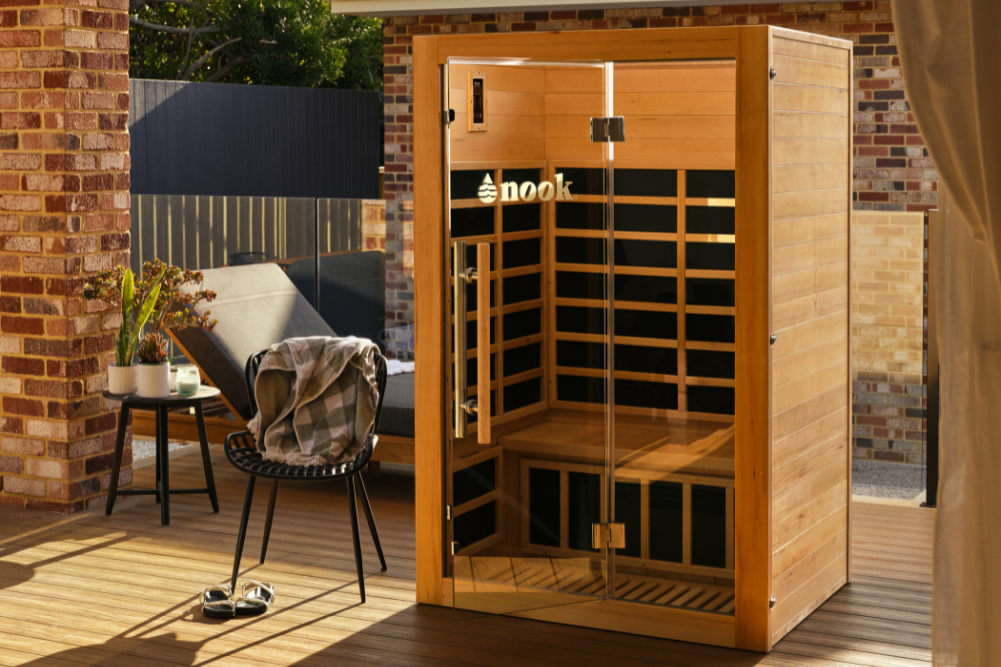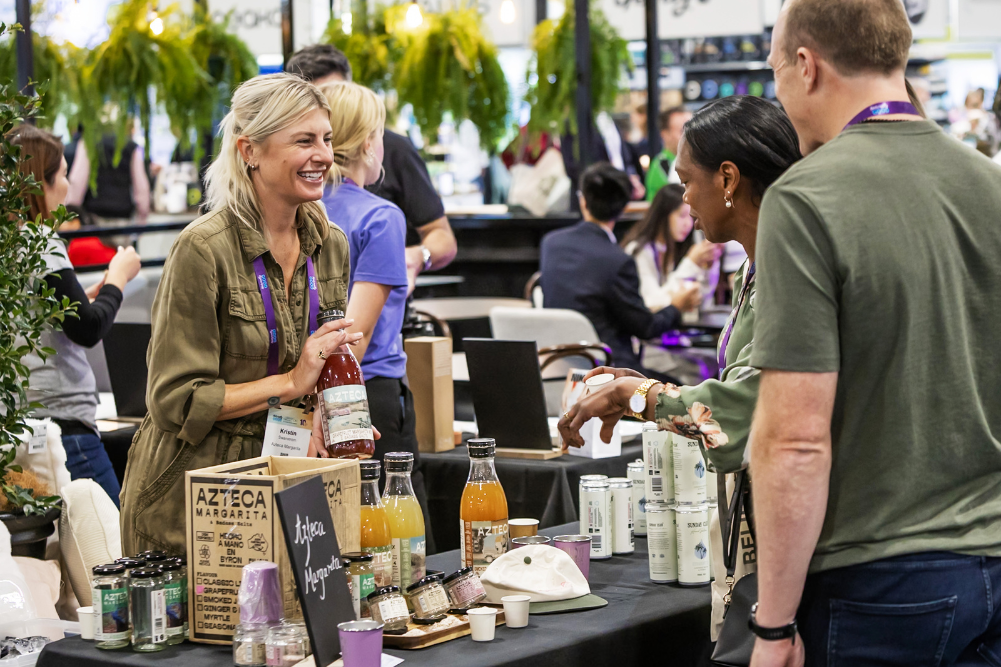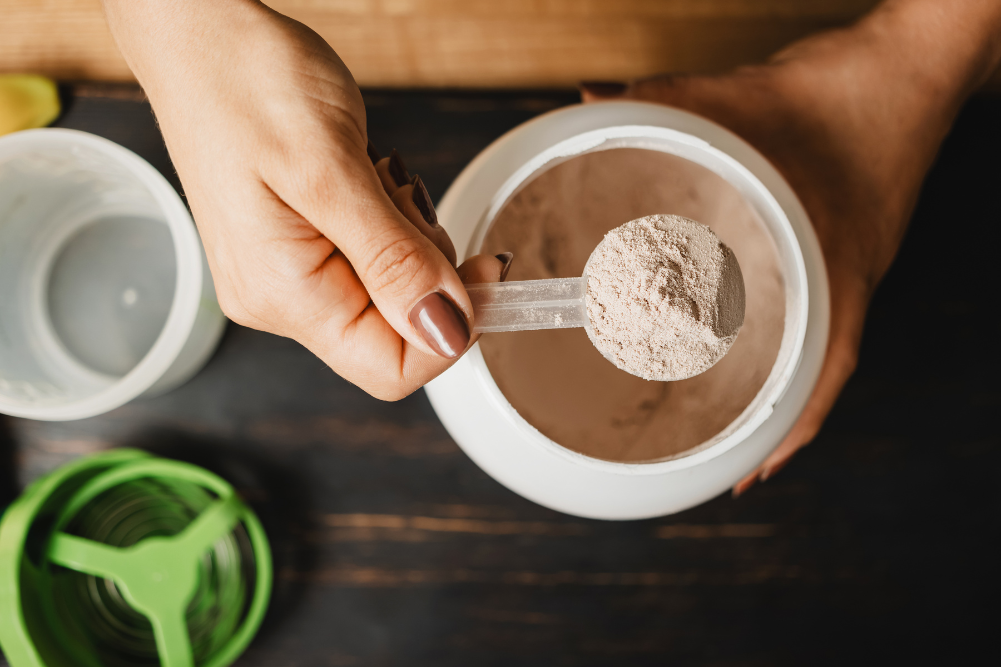Mind your pressure
Blood pressure is the force exerted by the blood on the walls of the arteries and is written as systolic/diastolic (e.g. 120/80 mmHg, stated as “120 over 80â€). You need adequate blood pressure but high blood pressure is a major health concern as it increases your risk of heart disease, stroke, and kidney failure. In Australia the Australian Bureau of Statistics estimates that around 10 per cent of the population have high blood pressure. Similar figures exist around the developed world and in America the Centers for Disease Control and Prevention (CDC) estimate that 33 per cent of Americans have high blood pressure. When you start talking percentages like that lights go on in the offices of pharmaceutical executives around the world and stay on well into the night. There is big money in medicating hypertension (high blood pressure) and there are even calls to pre-emptively medicate before blood pressure gets into the troublesome range. The really good news, unless you are a Big Pharma executive, is that there are interventions that you can make at home to keep your blood pressure low that won’t cost a cent and won’t have side effects.
There was an interesting analysis published by the Cochrane Library in August 2012. The study analysed data on more than 8,000 people from four randomised, controlled trials. The analysis showed that over a four to five year period patients with blood pressure in the range in the moderate hypertensive range (140-159 / 90-99) who received medication experienced no benefit compared to those in placebo. In other words there was no reduction in risk of heart disease, stroke, or death for those on medication. However, there was a nine per cent incidence of adverse effects from medication that resulted in the medication being ceased.
Medical protocol dictates that blood pressure needs to be medicated in this range to reduce risk of negative health outcomes. Decades of research that shows the risk of heart disease doubles with each increase of 20 points to the systolic blood pressure (the top number). In people who do not have other risk factors for heart disease, the goal is to keep the blood pressure under 140/90. Yet if the Cochrane analysis is correct pharmaceutical intervention does not help in this moderate range for people who have not had a previous hypertension-related problem and in fact can cause problems for almost one in ten people. The Cochrane research was admittedly small in sample size but it does point to a potential over-medication issue which is why a new study showing that daily mindful meditation can be useful for people with pre-hypertension is so interesting.
Prehypertension is a systolic pressure from 120 to 139 or a diastolic pressure from 80 to 89. In this study researchers recruited men and women diagnosed with prehypertension but not prescribed drugs. They assigned the subjects to two groups. One group was given lifestyle advice and muscle relaxation activities to follow. The other group was given instruction in mindfulness based stress reduction. This mindfulness instruction included 2.5 hours per week of instruction in body scan exercises (drawing awareness to particular parts of the body), sitting meditation, and yoga exercises.
After eight weeks the mindfulness meditation group experienced significant benefits where the other group did not.
The mindfulness group showed an average drop of five points in systolic pressure and two points in diastolic pressure. The other group showed a one point drop in systolic pressure and a one point increase in diastolic pressure. Admittedly “ambulatory blood pressure†where blood pressure is monitored over 24 hours showed no difference between the two groups. Nevertheless, the lead researcher Professor Joel Hughes of Ohio State University, says that although the improvements achieved by mindfulness are modest, they are the same as many drug interventions and are enough to reduce risk of stroke and heart attack.
Certainly it suggests that mindfulness as a preventative and then treatment of early stage high blood pressure is…well…something to be mindful of.







